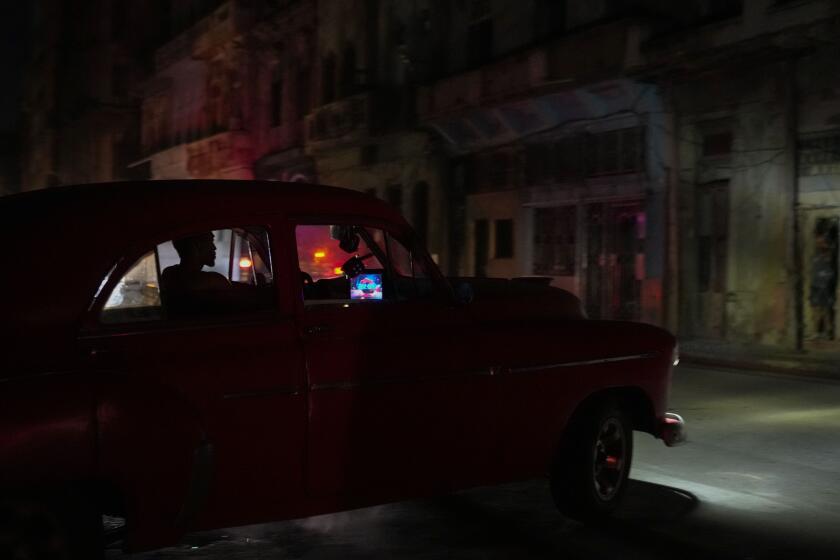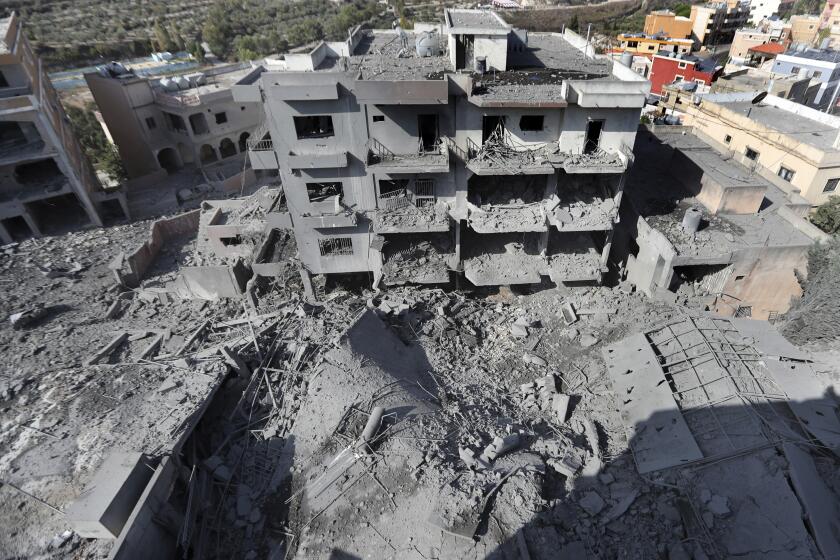Soot Patterns on Fragment May Indicate Leak in Shuttle Joint
Patterns of soot and flame around a fragment of the space shuttle Challenger’s right rocket booster may be telltale evidence of a nearby leak in the rocket joint, a top Air Force salvage official said Monday.
The 560-pound rocket fragment “most probably” came from a place on the booster just opposite the area suspected of springing a fatal leak of white-hot gases, said Col. Edward A. O’Connor, head of NASA’s salvage support team.
The findings could be the National Aeronautics and Space Administration’s first clear physical evidence in the search to determine the cause of the Jan. 28 explosion, an effort that so far has been limited to photographs, tests and theories. On Friday, NASA officials told the presidential commission investigating the explosion that they had ruled out all other possible causes except a failure in the joint.
In a briefing on Monday, O’Connor told reporters that blistering discovered on the rocket fragment could have been caused by flame from a leak circulating around the solid rocket booster.
He said preliminary analysis of the 5-by-7-foot joint fragment recovered last week shows “no obvious melting of any structure, no sign of heat of the level that would cause metal deformation.” That would be consistent with a leak on the opposite side of the booster, he said.
Investigators from the National Transportation Safety Board are comparing soot on the rocket joint with samples of rocket propellant and synthetic rubber O-rings that normally seal the joints to determine what caused the patterns, O’Connor said.
But the answer to what caused the joint to leak may still lie on the ocean floor. O’Connor and Cmdr. James R. Buckingham, supervisor of search and recovery operations for the Navy, predicted that with continuing good weather, the suspect joint fragment could be found and recovered within two to three weeks.
More to Read
Sign up for Essential California
The most important California stories and recommendations in your inbox every morning.
You may occasionally receive promotional content from the Los Angeles Times.










